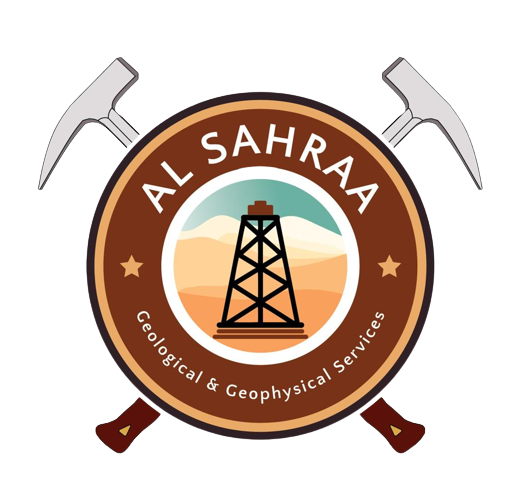Our Capabilities
Through non-invasion active and passive seismic, geoelectric, and electromagnetic methods, Al SAHRAA offers many exploration kinds that are beneficial for Engineering construction, Groundwater Exploration, and oil& gas fields.
Our evaluation enables us to select cutting-edge tools and hone the acquiring process, enhancing the caliber of the outcomes.
1- Seismic Investigations:
2- Electrical Resistivity:
Electrical prospecting techniques work by injecting a direct current into the ground with two electrodes to produce a potential difference that can be detected by a different set of electrodes. With the aid of these techniques, it is feasible to identify lithological variations in rock or soil that are distinguished by unique electrical resistivities.
Al SAHRAA performs Vertical Electrical Sounding (VES) for cavities detection and Electrical Resistivity Tomography ERT (2D – 3D) for different applications.
3- Ground penetrating Radar GPR:
Ground Penetrating Radar (GPR) is a non-invasive method of material analysis based on transmitting an ultra-wideband EM signal into the materials. A part of the EM wave is reflected when it reaches a boundary between two materials with different electrical properties. The reflected signal gets recorded at the source of the EM wave and is displayed for the operator and frequently recorded for later analysis. The methodology allows for the investigation of the soil and materials in considerable detail and the image of the subsurface features such as geological boundaries, and utilities.
4- TEM (Transient Electromagnetic):
The geophysical approach known as TEM (Transient Electromagnetic) is used to obtain vertical resistivity soundings and is particularly responsive to conductive materials.
The non-destructive technology employs a network of underground wire loops for signal transmission and reception, leaving no markings in the survey region after measurements are complete.
With just a 4040-meter square transmitter loop and one or two smaller receiver coils, it is able to reach depths of 200–250 meters, and it just takes a few minutes to go from setting up to creating a resistivity model. Without a significant increase in survey times, it is possible to reach depths of more than 800 meters with the right equipment design.
